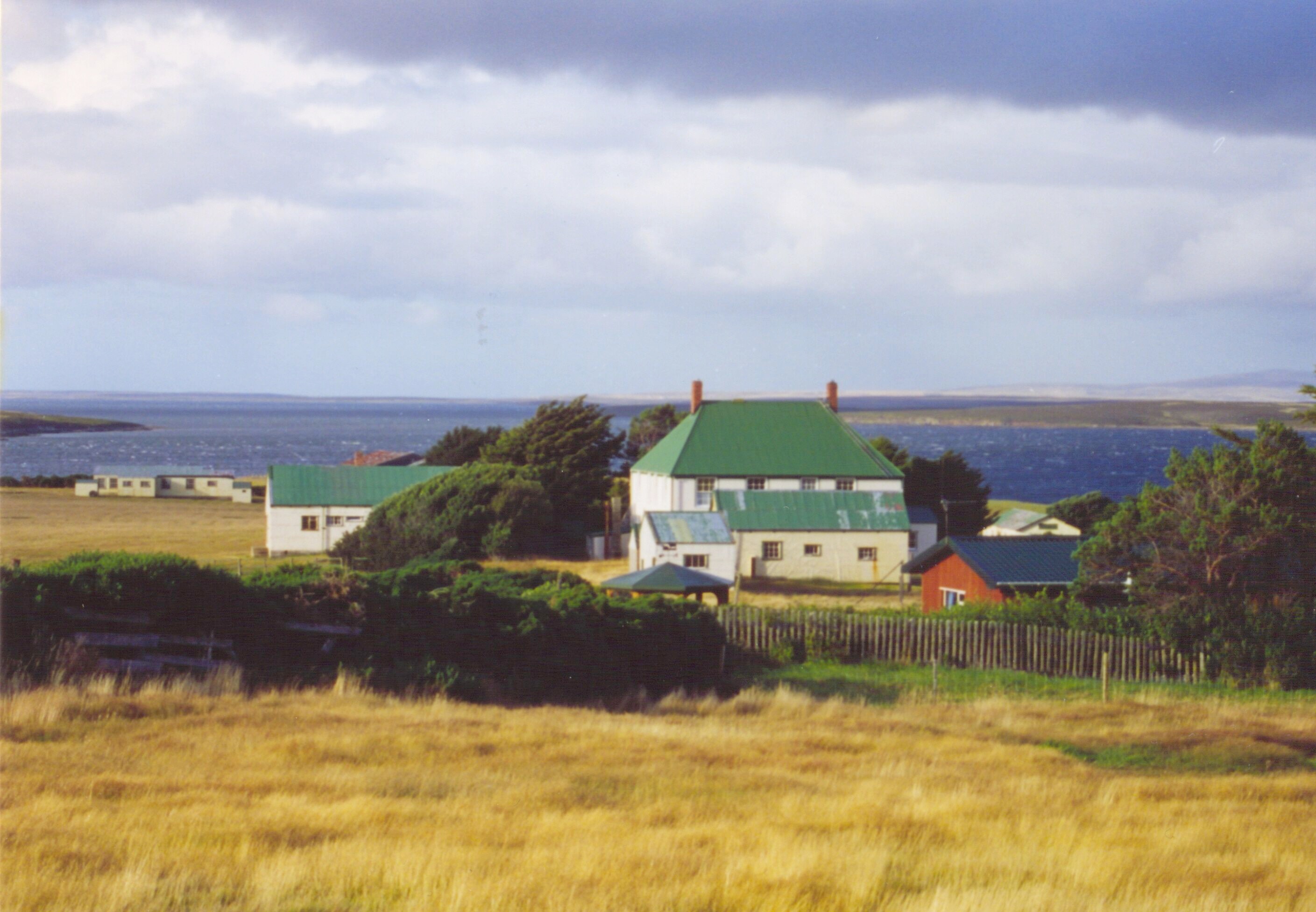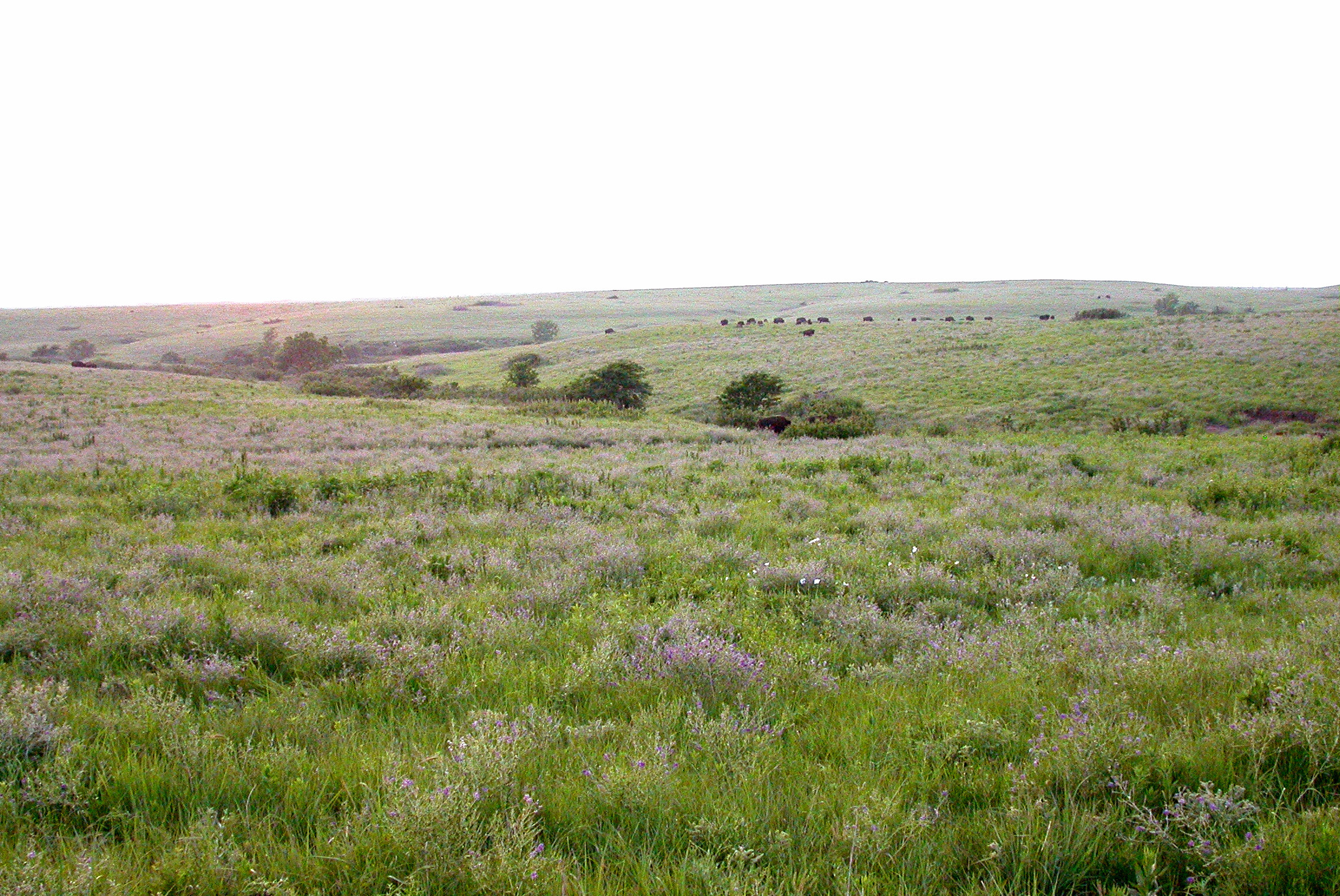|
Festuca Mairei
''Festuca mairei'', the Atlas fescue, is a species of grass in the family Poaceae. The bunchgrass is endemic to north Africa. Characteristics ''Festuca mairei'' is densely-clumped, evergreen and forms mounds that grow tall up to 24 to 36 inches. It has culms 50–100 cm long. It is cultivated as an ornamental grass Ornamental grasses are grasses grown as ornamental plants. Ornamental grasses are popular in many colder hardiness zones for their resilience to cold temperatures and aesthetic value throughout fall and winter seasons. Classifications Along ... known for its tidy foliage. It normally grows up to 60 to 90 centimetres wide. It has a khaki green hue in appearance. References Kew GrassBase entry mairei ... [...More Info...] [...Related Items...] OR: [Wikipedia] [Google] [Baidu] |
Poaceae
Poaceae () or Gramineae () is a large and nearly ubiquitous family of monocotyledonous flowering plants commonly known as grasses. It includes the cereal grasses, bamboos and the grasses of natural grassland and species cultivated in lawns and pasture. The latter are commonly referred to collectively as grass. With around 780 genera and around 12,000 species, the Poaceae is the fifth-largest plant family, following the Asteraceae, Orchidaceae, Fabaceae and Rubiaceae. The Poaceae are the most economically important plant family, providing staple foods from domesticated cereal crops such as maize, wheat, rice, barley, and millet as well as forage, feed for meat-producing animals. They provide, through direct human consumption, just over one-half (51%) of all dietary energy; rice provides 20%, wheat supplies 20%, maize (corn) 5.5%, and other grains 6%. Some members of the Poaceae are used as building materials (bamboo, thatch, and straw); others can provide a source of bi ... [...More Info...] [...Related Items...] OR: [Wikipedia] [Google] [Baidu] |
Bunchgrass
Tussock grasses or bunch grasses are a group of grass species in the family Poaceae. They usually grow as singular plants in clumps, tufts, hummocks, or bunches, rather than forming a sod or lawn, in meadows, grasslands, and prairies. As perennial plants, most species live more than one season. Tussock grasses are often found as forage in pastures and ornamental grasses in gardens. Many species have long roots that may reach or more into the soil, which can aid slope stabilization, erosion control, and soil porosity for precipitation absorption. Also, their roots can reach moisture more deeply than other grasses and annual plants during seasonal or climatic droughts. The plants provide habitat and food for insects (including Lepidoptera), birds, small animals and larger herbivores, and support beneficial soil mycorrhiza. The leaves supply material, such as for basket weaving, for indigenous peoples and contemporary artists. Tussock and bunch grasses occur in almost any hab ... [...More Info...] [...Related Items...] OR: [Wikipedia] [Google] [Baidu] |
Africa
Africa is the world's second-largest and second-most populous continent, after Asia in both cases. At about 30.3 million km2 (11.7 million square miles) including adjacent islands, it covers 6% of Earth's total surface area and 20% of its land area.Sayre, April Pulley (1999), ''Africa'', Twenty-First Century Books. . With billion people as of , it accounts for about of the world's human population. Africa's population is the youngest amongst all the continents; the median age in 2012 was 19.7, when the worldwide median age was 30.4. Despite a wide range of natural resources, Africa is the least wealthy continent per capita and second-least wealthy by total wealth, behind Oceania. Scholars have attributed this to different factors including geography, climate, tribalism, Scramble for Africa, colonialism, the Cold War, neocolonialism, lack of democracy, and corruption. Despite this low concentration of wealth, recent economic expansion and the large and young ... [...More Info...] [...Related Items...] OR: [Wikipedia] [Google] [Baidu] |
Ornamental Grass
Ornamental grasses are grasses grown as ornamental plants. Ornamental grasses are popular in many colder hardiness zones for their resilience to cold temperatures and aesthetic value throughout fall and winter seasons. Classifications Along with true grasses (Poaceae), several other families of grass-like plants are typically marketed as ornamental grasses. These include the sedges (Cyperaceae), rushes (Juncaceae), restios (Restionaceae), and cat-tails (Typhaceae). All are monocotyledons, typically with narrow leaves and parallel veins. Most are herbaceous perennials, though many are evergreen and some develop woody tissues. They bring striking linear form, texture, color, motion, and sound to the garden, throughout the year. Habits Almost all ornamental grasses are perennials, coming up in spring, from their roots, which have stored large quantities of energy, and in fall or winter go dormant. Some, notably bamboos, are evergreen, and a few are annuals. Many are b ... [...More Info...] [...Related Items...] OR: [Wikipedia] [Google] [Baidu] |
Festuca
''Festuca'' (fescue) is a genus of flowering plants belonging to the grass family Poaceae (subfamily Pooideae). They are evergreen or herbaceous perennial tufted grasses with a height range of and a cosmopolitan distribution, occurring on every continent except Antarctica. The genus is closely related to ryegrass (''Lolium''), and recent evidence from phylogenetic studies using DNA sequencing of plant mitochondrial DNA shows that the genus lacks monophyly. As a result, plant taxonomists have moved several species, including the forage grasses tall fescue and meadow fescue, from the genus ''Festuca'' into the genus ''Lolium'', or alternatively into the segregate genus '' Schedonorus''. Because the taxonomy is complex, scientists have not determined how many true species belong to the genus, but estimates range from more than 400 to over 640.Darbyshire, S. J. and L. E. Pavlick''Festuca''. Grass Manual. Flora of North America. Fescue pollen is a significant contributor t ... [...More Info...] [...Related Items...] OR: [Wikipedia] [Google] [Baidu] |
Bunchgrasses Of Africa
Tussock grasses or bunch grasses are a group of grass species in the family Poaceae. They usually grow as singular plants in clumps, tufts, hummocks, or bunches, rather than forming a sod or lawn, in meadows, grasslands, and prairies. As perennial plants, most species live more than one season. Tussock grasses are often found as forage in pastures and ornamental grasses in gardens. Many species have long roots that may reach or more into the soil, which can aid slope stabilization, erosion control, and soil porosity for precipitation absorption. Also, their roots can reach moisture more deeply than other grasses and annual plants during seasonal or climatic droughts. The plants provide habitat and food for insects (including Lepidoptera), birds, small animals and larger herbivores, and support beneficial soil mycorrhiza. The leaves supply material, such as for basket weaving, for indigenous peoples and contemporary artists. Tussock and bunch grasses occur in almost any habitat w ... [...More Info...] [...Related Items...] OR: [Wikipedia] [Google] [Baidu] |

.jpg)
